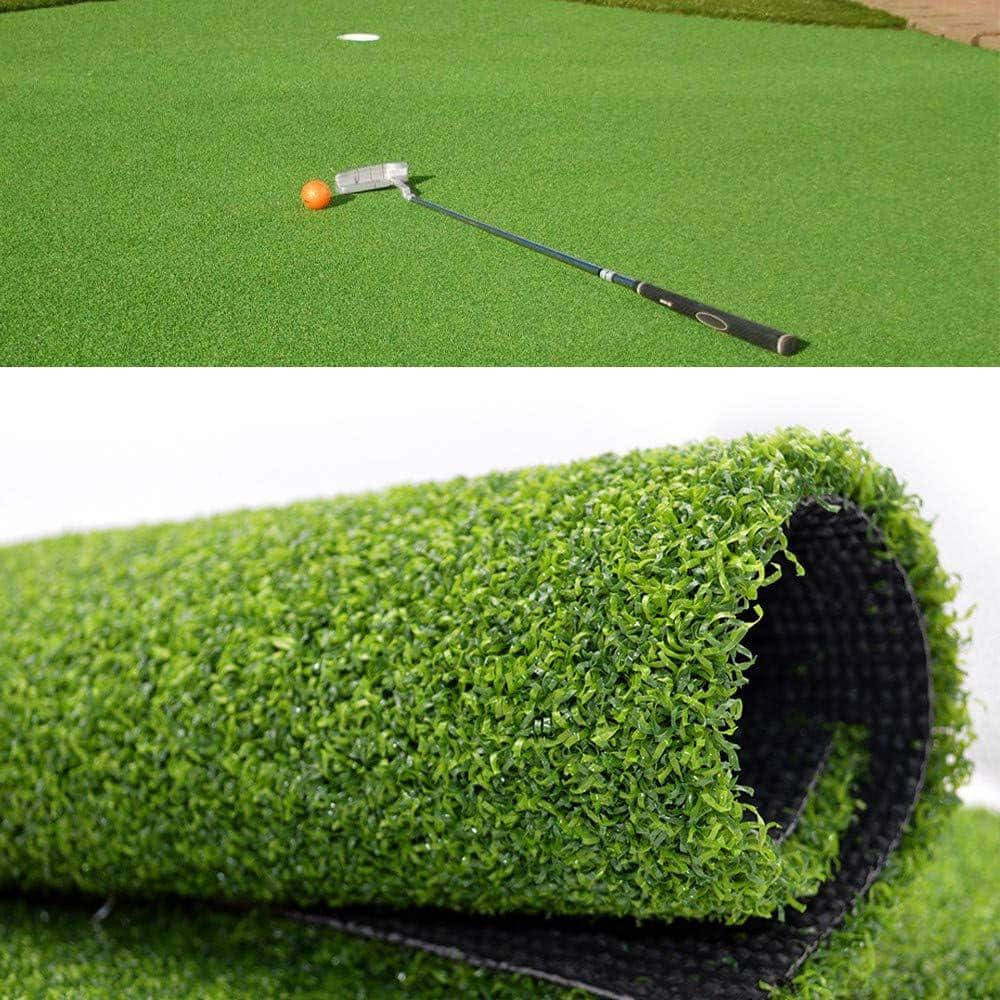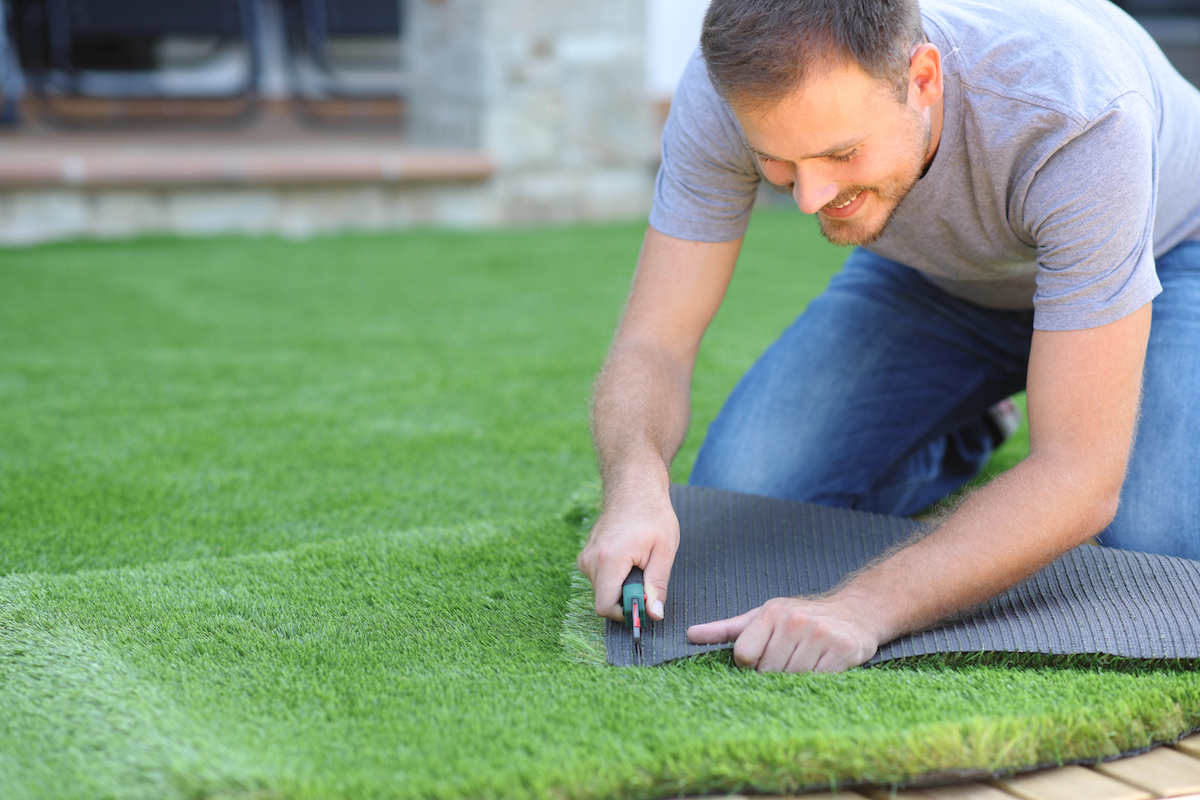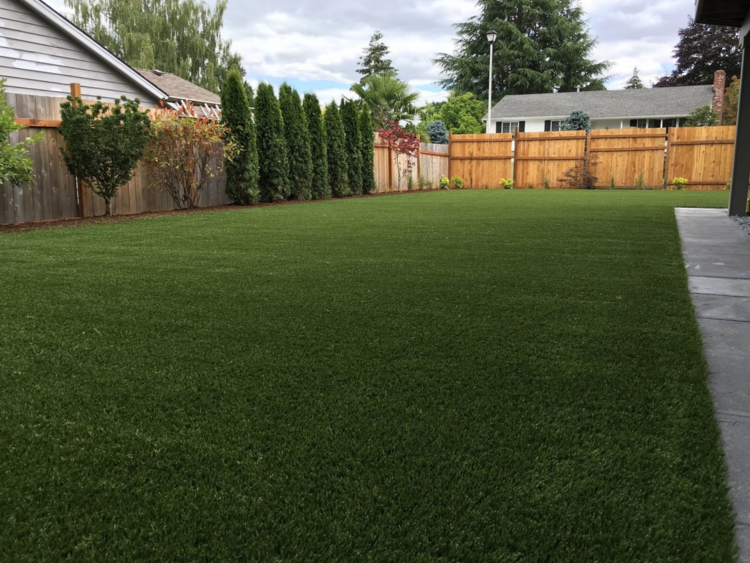Premium Arizona Turf Solutions for a Stunning and Green Landscape
Premium Arizona Turf Solutions for a Stunning and Green Landscape
Blog Article
Look Into the Environmental Benefits of Opting for Synthetic Grass Solutions
The adoption of fabricated turf services provides an engaging opportunity to deal with pressing ecological obstacles. By considerably minimizing water use and decreasing the application of hazardous chemicals, these choices not only advertise sustainable landscaping however additionally safeguard neighborhood communities. Moreover, the lower carbon impact connected with decreased upkeep tasks adds to a more lasting strategy to land monitoring. Nonetheless, the effects of these benefits extend past plain preservation efforts, raising inquiries concerning their lasting effect on habitat conservation and total environmental equilibrium. Discovering these dimensions exposes an intricate interaction worth considering.
Water Preservation Conveniences
One of the most considerable advantages of artificial turf is its ability to conserve water. In comparison, fabricated grass does not need watering, considerably decreasing the overall need for water sources.
By getting rid of the need for regular watering, fabricated lawn contributes to lasting landscape methods and assists mitigate the ecological impact of too much water usage. The conservation of water extends to the reduction of drainage, which can lead to dirt disintegration and river pollution.
Additionally, the installation of synthetic grass enables house owners and towns to assign water resources much more efficiently, concentrating on essential usages such as alcohol consumption water and agriculture. The shift towards synthetic grass not just advertises liable water use however also aligns with wider environmental objectives focused on maintaining all-natural resources.
As areas progressively prioritize sustainability, the water conservation advantages of synthetic grass provide a compelling case for its fostering in domestic and industrial landscape design jobs.
Minimized Chemical Use
The change to man-made turf considerably decreases the dependence on chemical therapies typically utilized in natural yard maintenance. Typical lawn management generally includes the application of chemicals, fertilizers, and herbicides to advertise growth and control bugs. These chemicals can position risks to human health and wellness, neighborhood wildlife, and the atmosphere, adding to soil and water contamination.
In contrast, man-made lawn gets rid of the demand for these damaging materials. When set up, it needs minimal maintenance, largely consisting of routine cleaning and irregular infill replenishment. This reduction in chemical usage not only benefits the prompt setting however additionally adds to more comprehensive eco-friendly stability. By minimizing the launch of synthetic compounds right into the environment, artificial lawn advertises healthier dirt and water supply.
Additionally, the lack of chemical drainage related to synthetic grass installations assists protect neighborhood rivers from pollution, sustaining aquatic life and preserving biodiversity. Artificial turf companies phoenix. As areas progressively focus on sustainable methods, going with artificial turf offers a feasible option that straightens with environmental conservation objectives. With this change, homeowner can delight in rich green spaces without jeopardizing environmental health and wellness, leading the way for a much more sustainable future
Lower Carbon Impact

Moreover, the installment of synthetic grass can cause considerable water preservation. Natural yards call for significant amounts of water for irrigation, which not just adds to the carbon impact connected with water removal and treatment however likewise strains neighborhood water sources. On the other hand, fabricated lawn needs minimal upkeep, requiring no watering, thereby considerably lowering water use and its linked power expenses.
In addition, the long life of synthetic grass adds to its reduced carbon impact. With a lifespan of as much as 15 years or even more, the need for constant replacements is lessened, resulting in much less waste and lower energy consumption in manufacturing and disposing of typical turf alternatives. Overall, synthetic grass presents a sustainable option for environmentally conscious landscaping.
Environment Preservation
Habitat preservation is a vital consideration in the argument over landscaping selections, particularly when contrasting synthetic grass to natural lawn. Natural grass yards typically call go for comprehensive upkeep, including the usage of herbicides, pesticides, and plant foods, which can adversely impact local communities. These chemicals can leach into the dirt and rivers, damaging indigenous plants and animals and interrupting regional habitats.
Artificial grass eliminates the demand for damaging chemicals, thus safeguarding nearby wild animals and keeping the integrity of bordering environments. The setup of artificial turf can lead to the conversion of former grass locations right into more biodiverse landscapes, such as pollinator yards or native plant locations, which can sustain check it out neighborhood wild animals.
Ultimately, the transition to synthetic grass not just preserves water and lowers upkeep initiatives but also fosters a much more unified connection between human activities and the natural surroundings, promoting habitat preservation while doing so.
Long-Term Sustainability
Long-term sustainability is a critical consider assessing the benefits of synthetic grass over typical lawn lawns. Among the most substantial benefits of artificial grass is its sturdiness; it can last approximately 15-20 years with very little maintenance, whereas natural grass needs constant reseeding and replacement. This longevity lowers the demand for continuous resources, such as water, plant foods, and chemicals, which are necessary for keeping a healthy grass yard.
In addition, fabricated lawn adds to a reduction in carbon emissions associated with grass treatment tools. Standard lawns typically call for gas-powered mowers, trimmers, and blowers, all of which contribute to air pollution. Phoenix turf companies. On the other hand, synthetic grass eliminates the demand for such tools, advertising a cleaner atmosphere
Additionally, the manufacturing of synthetic grass progressively makes use of recycled materials, boosting its sustainability profile. As manufacturers embrace environmentally friendly methods, the ecological impact of artificial turf continues to lessen.

Final Thought
The adoption of synthetic grass remedies offers significant environmental benefits, consisting of significant water preservation, lowered dependence on damaging chemicals, and a lower carbon footprint. Moreover, man-made grass help in protecting natural habitats by reducing land disturbance and promoting long-term sustainability through the use of durable materials. Collectively, these aspects highlight the capacity of synthetic grass to add positively to environmental wellness and supply a sensible alternative to conventional landscape design techniques in a significantly resource-conscious globe.
In comparison, fabricated lawn does not need watering, significantly lowering the overall need for water resources. By decreasing the release of artificial substances into the ecological community, man-made turf advertises healthier my website dirt and water systems.
Additionally, the installment of synthetic lawn can result in considerable water conservation. In comparison, synthetic lawn needs minimal upkeep, calling for no watering, thus considerably reducing water usage and its linked energy expenses.

Report this page